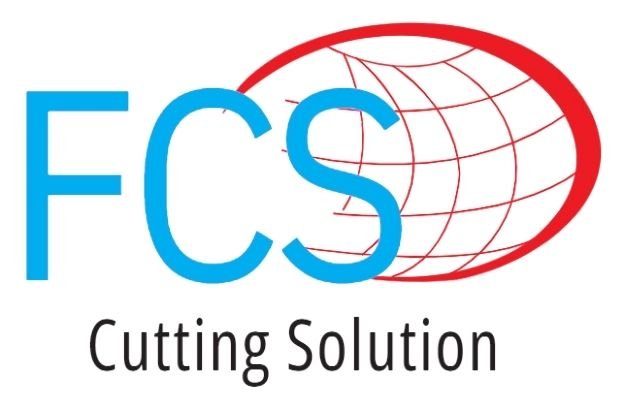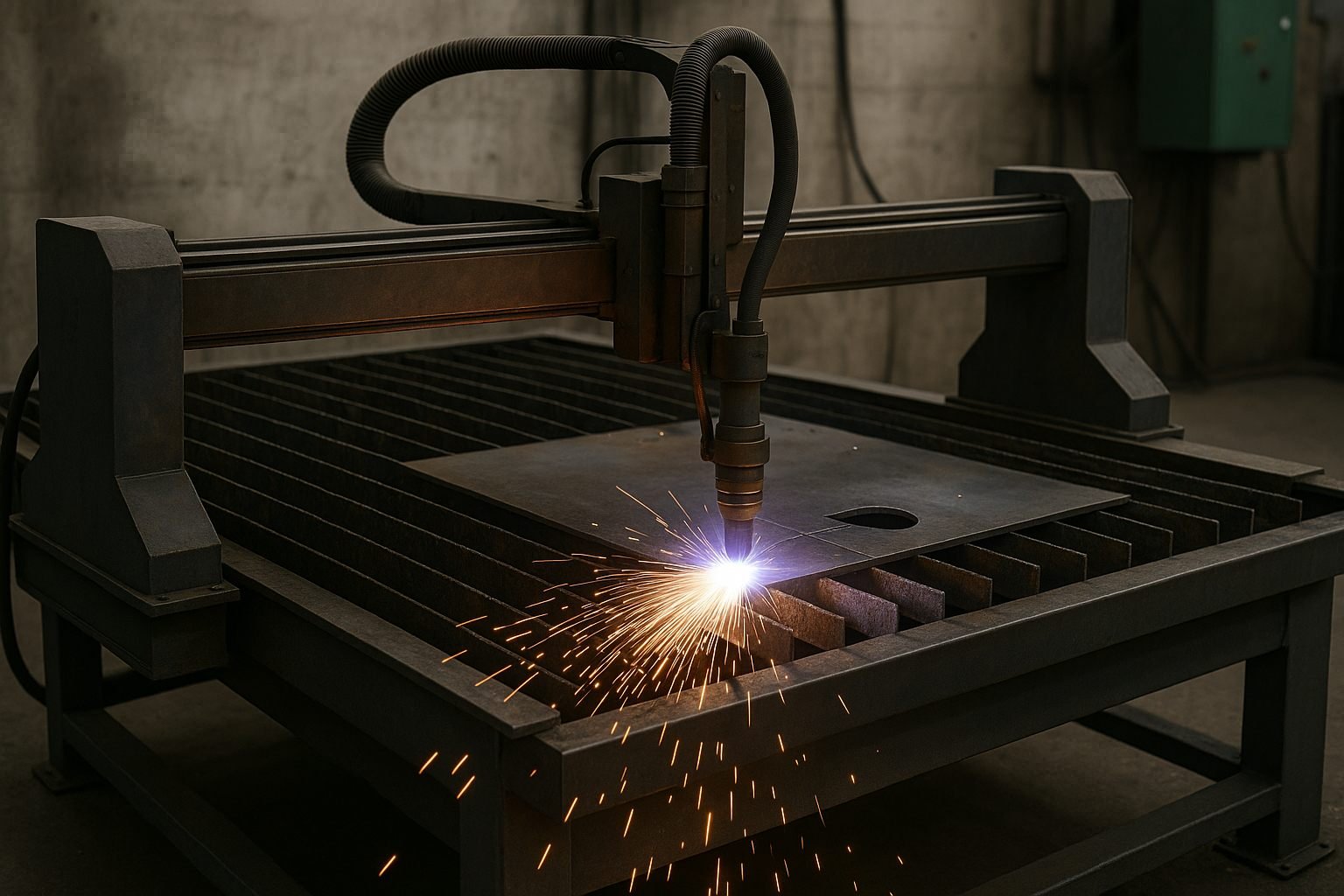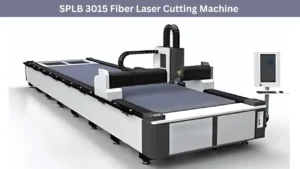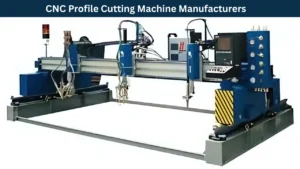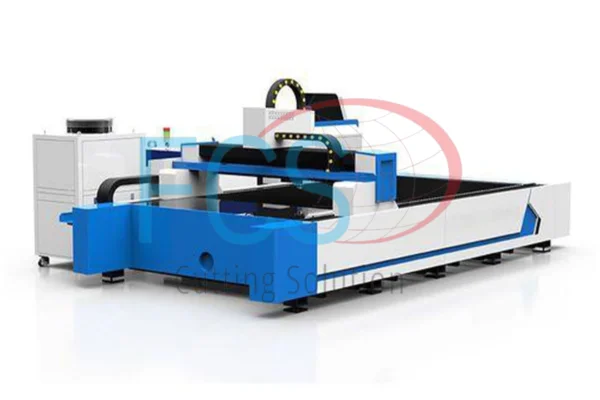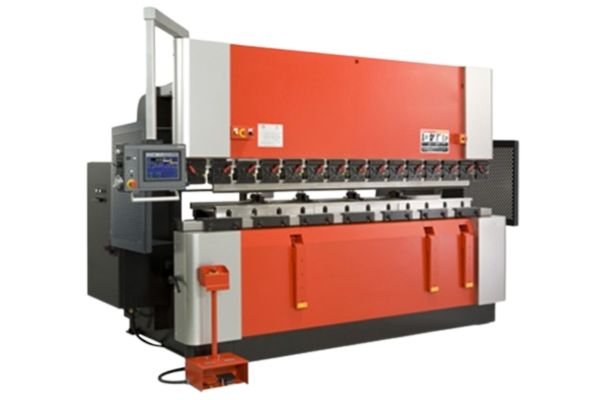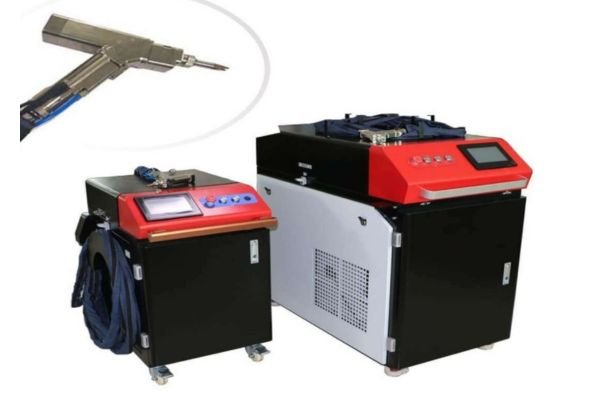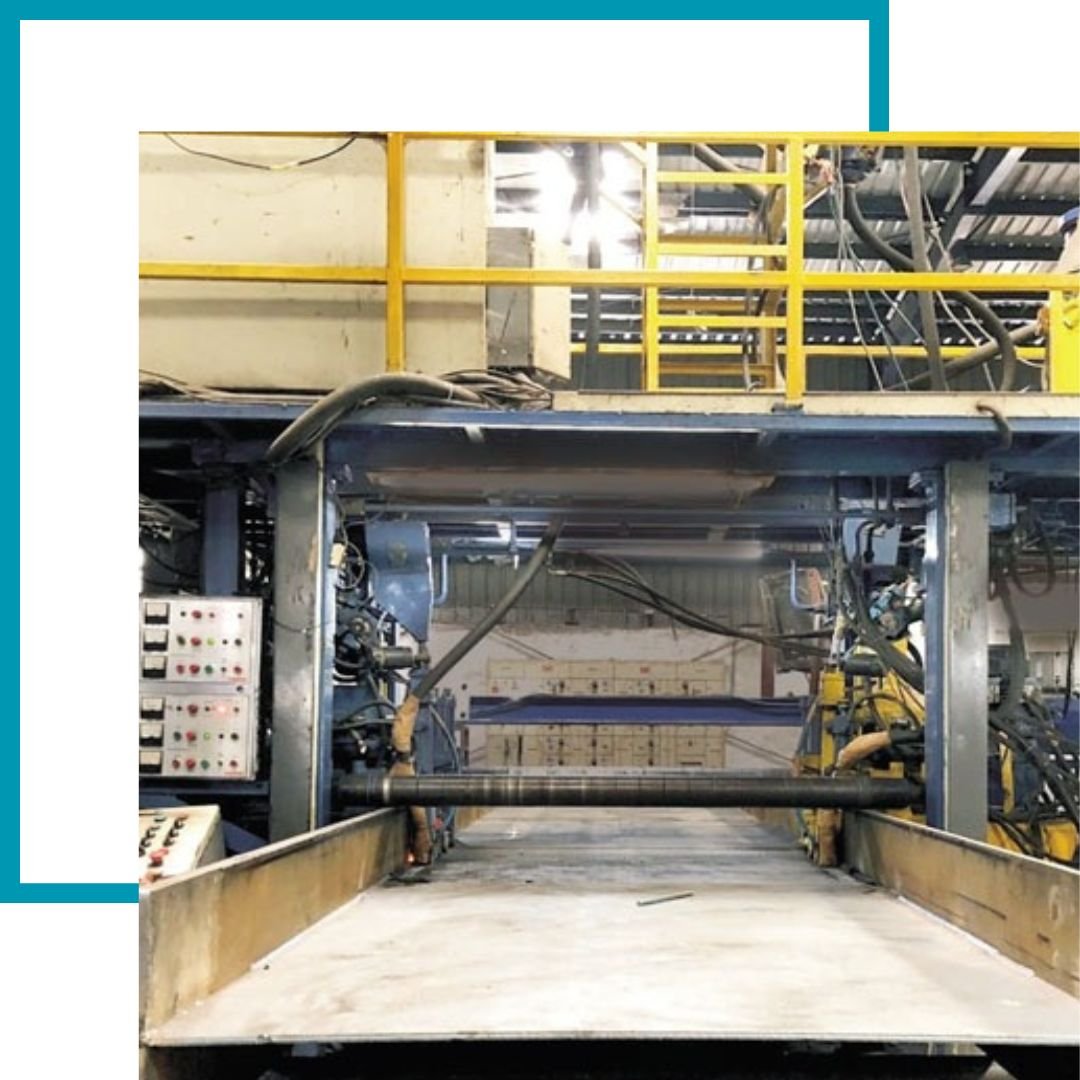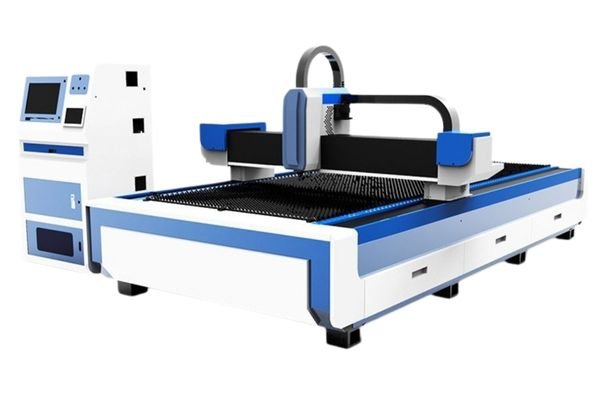When it comes to precision metal cutting, the plasma table is one of the most important tools used in modern fabrication shops and manufacturing industries. Whether you’re in the business of custom metalwork, industrial manufacturing, or even automotive repair, understanding how a plasma table works—and what it’s used for—can be a game-changer.
a plasma table is a cutting machine that uses a plasma torch to cut through electrically conductive materials such as steel, stainless steel, aluminum, brass, and copper. The plasma torch generates an extremely hot and focused jet of ionized gas—called plasma—that melts the metal, while a high-speed stream of air blows the molten material away from the cut. This table is typically controlled by a computer system (CNC) that directs the movement of the torch with high precision, allowing for intricate and repeatable shapes to be cut with minimal manual effort.
Plasma tables come in a variety of sizes and are widely used in industries like metal fabrication, automotive repair, industrial manufacturing, construction, and custom metal art. Their ability to produce clean, accurate cuts quickly makes them ideal for both high-volume production and detailed one-off projects. Advanced models offer features like automatic height control and nesting software for material optimization. Whether in a large factory or a small workshop, a plasma table enhances cutting efficiency, reduces waste, and ensures consistent quality, making it a valuable tool for any business that deals with metal cutting and shaping.
What is a Plasma Table?
A plasma table is a piece of CNC (Computer Numerical Control) machinery designed to cut through electrically conductive materials using a plasma torch. This machine integrates the precision of CNC technology with the cutting power of plasma, making it ideal for cutting various metals such as mild steel, stainless steel, aluminum, copper, and brass.
The core components of a plasma table include:
CNC control system: Enables automated movement of the torch for precise cutting.
Plasma torch: Generates the high-temperature plasma arc to cut through metal.
Cutting table or bed: Holds the material being cut.
Drive system: Controls movement across X, Y, and sometimes Z axes.
Plasma tables are available in a wide range of sizes and configurations, from small hobbyist models to large industrial machines capable of cutting thick steel plates with exceptional accuracy.
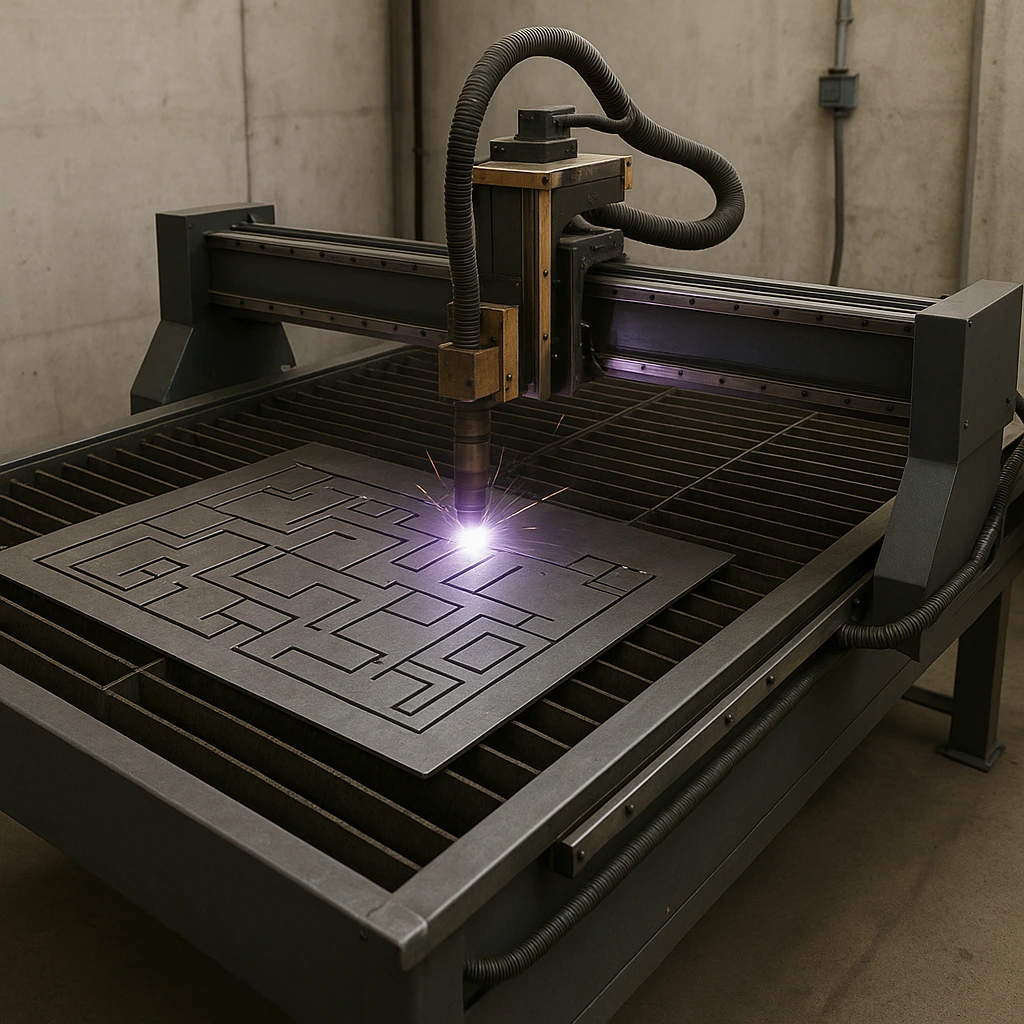
How Does a Plasma Table Work?
The operation of a plasma table is based on the principle of plasma cutting. Plasma is the fourth state of matter—a superheated, electrically ionized gas. Here’s a simple breakdown of how the cutting process works:
Ionized gas stream: The plasma torch shoots out a stream of gas (such as oxygen, nitrogen, or argon), which is electrically charged using an electrode.
High-temperature arc: When this gas is ionized and focused through a nozzle, it forms a high-temperature arc that can reach up to 30,000°C.
Metal cutting: This arc melts the metal, and the high-velocity gas blows the molten material away, leaving a clean cut.
Because the plasma torch is mounted on a CNC-controlled gantry system, it follows programmed paths with extreme precision, creating clean and accurate cuts with minimal waste.
What Materials Can You Cut with a Plasma Table?
Plasma cutting is specifically used for electrically conductive materials, which include:
Mild steel
Stainless steel
Aluminum
Copper
Brass
Titanium
The cutting thickness depends on the power of the plasma cutter. For instance, a 45-amp machine might cut up to 12 mm steel, while a 200-amp industrial model could handle steel plates up to 50 mm thick.
What is a Plasma Table Used For?
Plasma tables are used in a variety of industries and applications where speed, precision, and cost-efficiency are crucial. Below are some of the most common uses:
1. Metal Fabrication – Plasma tables are indispensable in metal fabrication shops. They allow for fast cutting of custom shapes, brackets, panels, and machine parts with consistent accuracy.
2. Automotive and Aerospace – In automotive repair and restoration, plasma tables are used to create body panels, chassis components, and brackets. Aerospace industries also use them for cutting lightweight but durable materials like aluminum and titanium.
3. Industrial Manufacturing – Large-scale manufacturers use plasma tables to cut heavy-duty materials for machinery, construction equipment, and infrastructure components.
4. Art and Decorative Work – Plasma tables are popular among metal artists and decorators for creating intricate designs, signage, gates, and decorative panels with artistic patterns.
5. Construction and Architecture – Steel structures, beams, and custom metal parts in construction projects are often cut using plasma tables for precise dimensions and fast turnaround.
6. Agricultural Equipment Manufacturing –From tractor components to irrigation system parts, plasma tables are used extensively in fabricating robust agricultural machinery.
Advantages of Using a Plasma Table
There are several key benefits to using a plasma cutting table, especially in industrial and commercial environments:
Precision – CNC control allows for highly detailed and repeatable cuts, ensuring minimal errors and material waste.
Speed – Compared to traditional cutting methods like oxy-fuel or mechanical sawing, plasma cutting is significantly faster.
Versatility – Plasma tables can cut through a wide variety of metals in different thicknesses and shapes.
Cost-Effective – With high cutting speeds and reduced material waste, plasma tables offer great value over time.
Automation – Modern plasma tables can be integrated with CAD/CAM software, making it easy to design and cut complex parts automatically.
Who Should Invest in a Plasma Table?
A plasma table is an excellent investment for:
Fabrication shops looking to scale their operations.
Small manufacturers seeking efficient, in-house cutting.
Startups and entrepreneurs offering custom metalwork or signage.
Educational institutions for teaching advanced manufacturing.
Farmers or mechanics needing to fabricate or repair metal components.
If you’re in any business that involves regular cutting of metal parts or custom shapes, a plasma table can improve your productivity, reduce labor costs, and enhance output quality.
Plasma Table vs Laser Cutter: What’s the Difference?
| Feature | Plasma Table | Laser Cutter |
|---|---|---|
| Cutting Speed | Very fast, especially on thick metal | Slower on thick material |
| Material Thickness | Ideal for thick metal | Better for thin sheets |
| Cost | Lower initial investment | Higher cost |
| Precision | High, but slightly less than laser | Extremely high |
| Applications | Heavy-duty and general fabrication | Electronics, fine detail, thin metals |
Conclusion
In today’s competitive industrial landscape, having the right tools can make a huge difference in your productivity and profit margins. A plasma table is a versatile, efficient, and highly precise cutting solution for anyone working with metal. Whether you’re fabricating large structures or creating intricate designs, plasma cutting technology gives you the edge.
If you’re looking for a reliable plasma cutting machine or CNC plasma table that meets your specific needs, explore our wide range of solutions at Fine Cutting Solution—your trusted CNC Plasma Cutting Machine Manufacturer in India. We specialize in offering customized solutions, after-sales support, and cutting-edge technology to help your business grow.
